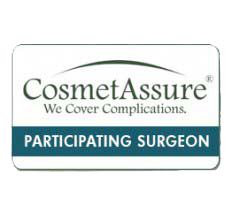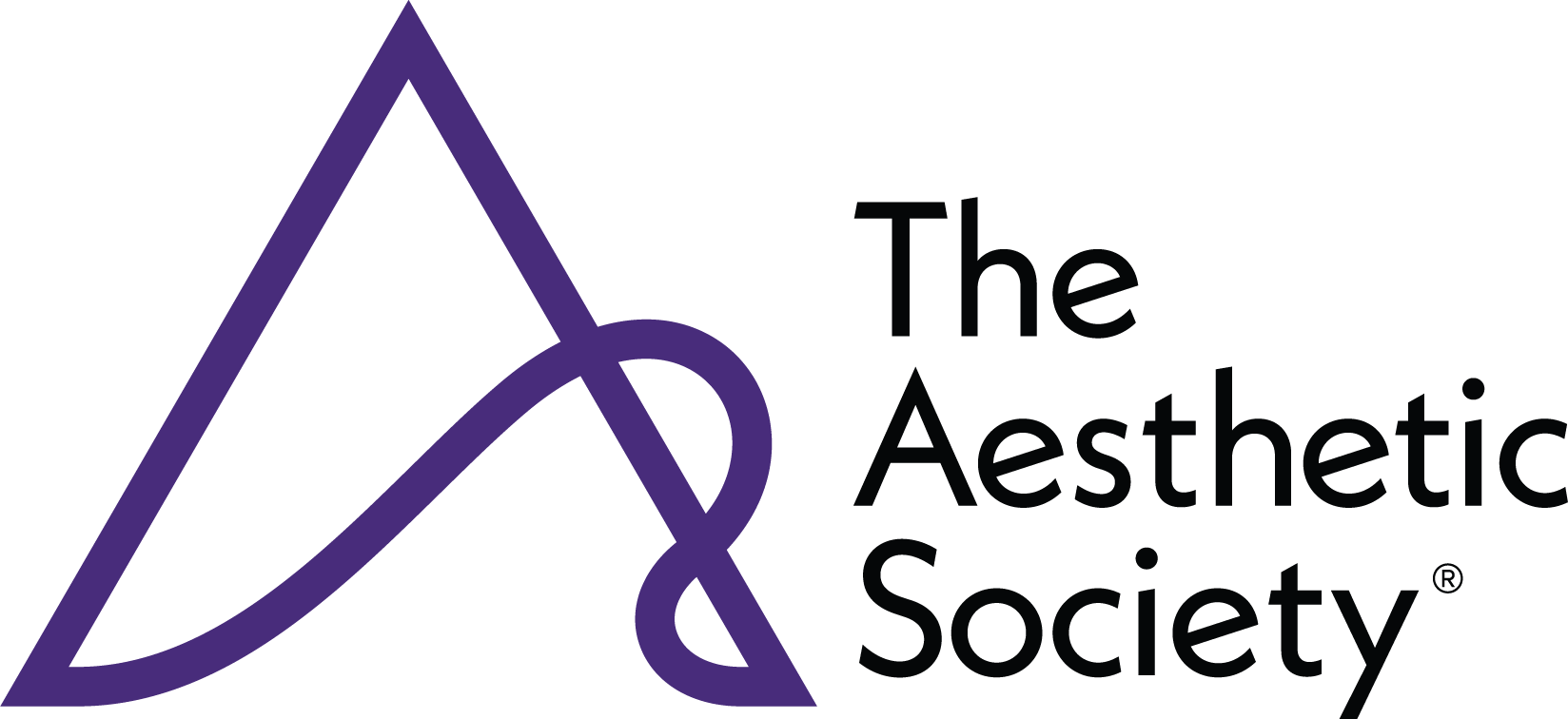Fat grafting is a more natural and long lasting way to fill in facial lines and wrinkles using fat from other areas of the patient’s own body. It is a non-invasive procedure with results that look natural.
Because the fat used is taken from the patient’s body, there is little chance of an allergic reaction that can sometimes happen with synthetic fillers. Also, when done successfully, the injected fat establishes a blood supply in its new location, making the results long lasting, if not permanent. Once healed, the results from the procedure should present a fresh and rejuvenated, younger-looking appearance.
Is Fat Grafting Right For Me?
Candidates for fat grafting have facial areas that appear creased or wrinkled. Laugh lines and crow’s feet are common descriptions of conditions that can be fixed with fat grafting. Also, any areas of the face, lips or cheeks can be filled in with fat grafting. Even acne scars can be filled in to correct the skin depressions.
Patients who want fat grafting must have fat stores in their body that can be taken for the grafting procedure. It is also important that there not be any blood circulation problems with the patient in order for the fat grafting to “take”.
What Can I Expect During and After the Procedure?
Before the procedure, it will be important to stop smoking at least six weeks prior to treatment to promote proper healing and to avoid taking any anti-inflammatory or other medications that can cause bleeding. It will also be important to stay well hydrated with water before and after the surgery.
The fat grafting procedure may be performed in a hospital or an office surgical suite. General anesthesia is rarely used. It will be more likely to receive local anesthesia or intravenous sedation. The surgeon will work to make the patient as comfortable as possible.
A small incision will be made at the site where the fat will be removed. It is possible that there will be some scarring where the incision is made, but the scar will be small in size and may not even be in a visible area depending on where on the body the fat is taken. The fat will then be processed before it is then injected into the face to fill in lines and wrinkles.
After surgery, the patient will be monitored in a recovery area. A compression garment may be applied to the fat donor site to help with healing and there may be some soreness in the area. After a short observation period, the patient can go home but will need someone to drive and to stay with them for a twenty-four hour period.
There will be swelling and bruising after the surgery. Bruising should diminish after a week and the swelling will go down after two or more weeks. Patients often choose to take one to two weeks off from work to heal at home without need to worry about their appearance. Makeup can be used to camouflage any remaining signs of swelling after the first few weeks.
Once the fat grafting is done and the healing process is complete, the face should appear softer and fuller – giving a fresh and youthful appearance. Contact Tarola Plastic Surgery today to schedule your consultation with Dr. Nicholas Tarola. We’ll create a treatment plan that is tailored to your needs.




